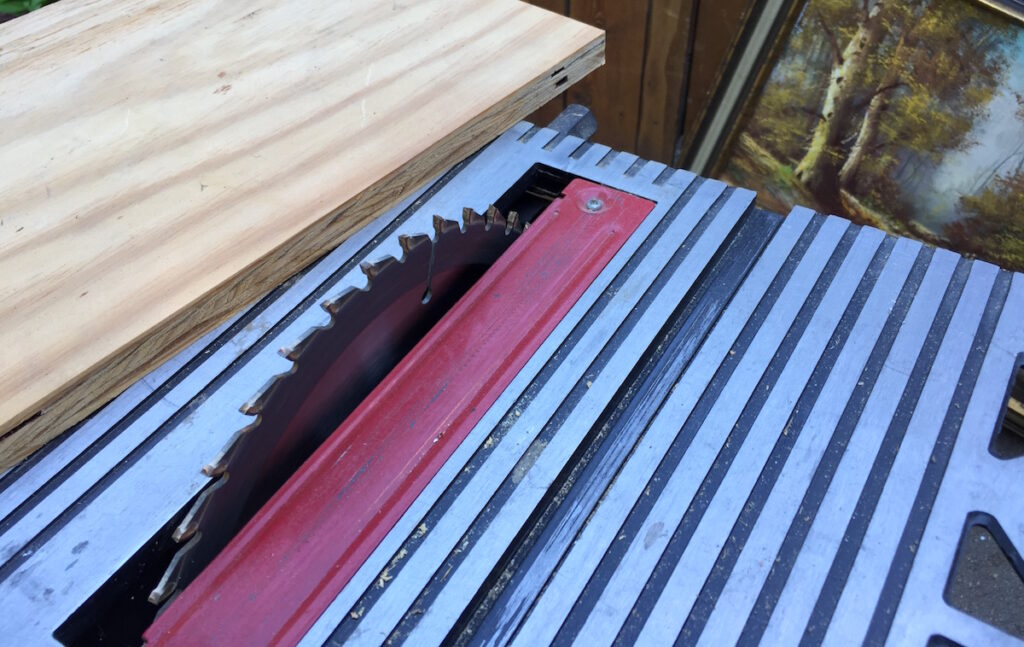When I was in 7th grade, a sketchbook assignment invited me to “draw what you want to be when you grow up.” I aspired to be a dentist and vividly drew a dental scene. I’m sure my art teacher never thought I’d turn out to be an art teacher, but somehow I did. This can be said for most of our students. Do we really expect them to grow up to become artists? I can honestly say, “No.” I do not step into my classroom each day with the mentality of creating professional artists. It’s not that I don’t want my students to become artists, but I’d rather provide ALL students skills they can use in their future.
Check out these 7 skills art education provides.
1. Design Thinking Skills
We use design thinking strategies constantly in the art room. The design thinking mindset isn’t problem focused, it’s solution focused which allows for forward thinking. Unlike critical thinking, design thinking seeks to build up ideas not break them down. This skill can come in handy in almost any profession. Emphasize this process in your teaching for the future architects and engineers in your classroom!
2. Trade Skills

Many art rooms could be mistaken for hardware stores due to the number of tools found within. For many of our students, the art room might be the first place they explore some of these tools. I first used a table saw as a freshman in high school to create canvases in my art class. Without that experience, I wouldn’t be able to use a table saw as effectively as I can today.
While some trade skills will be used more than others, they are still beneficial to learn. In my college sculpture class, I learned to acetylene weld, which is a skill I have never used outside that class. However, from this experience, one of my other classmates found an affinity for welding and became an ironworker, not an artist.
3. Problem-Solving Skills
One of the best things about art-making is the idea of multiple solutions to one problem. We live in a world of complex problems waiting to be solved. Challenging students to solve problems is a constant in the art room. If you’re not sure you are providing this skill to your students, give them an identical set of materials with a simple prompt to create the same thing. You’ll be shocked to see all the different solutions!
4. Collaboration Skills

There will never be a time when your students won’t be asked to work together. Whether it’s in their future careers or organizations, they will be asked to collaborate. The art room is a wonderful place to explore collaboration because many ideas often come together to make one great idea! Giving your students opportunities to work on collaborative projects will arm them with skills that will most certainly benefit their future endeavors.
5. Color Theory Skills
One of the most important skills art teachers teach is the concept of color theory. Besides being important in the art-making process, it can help in other areas of life. Before diving into color, I always point out real life situations to my students to help them better understand why it’s important. Without a knowledge of color, picking out an outfit to wear would be difficult, decorating a home or business might be challenging, and the color choices used in marketing and advertising might not sell a product. These simple situations show how we use and interact with color daily!
6. Patience

There are many remarkable art-making techniques and processes that we get to share with our students. Some of the processes students enjoy most, like printmaking or batik, are those that take time and patience. Through these experiences, students learn in order to be successful, they must be careful and thorough.
7. Risk-Taking Skills
Art allows students to take risks, explore, and venture outside the norm. In the art room, students can actually create a world that doesn’t exist. As part of this adventure, art causes students to leave their inhibitions behind and try something – even if they might fail. In the failures come some of the greatest learning moments that will serve as a skill for a lifetime.
What we teach our students goes far beyond paint or clay. An art class should give students a set of skills to use for a lifetime!
If you’re looking for specific ideas about how to incorporate these skills into your curriculum, don’t miss the Summer 2016 Art Ed Now Conference where there will be two dynamic presentations on this theme.
First, host of Art Ed Radio and AOE Instructor, Andrew McCormick, will present How To Bring Your Art Room Into the 21st Century. He’ll share ways to get your students thinking more creatively, collaborating more effectively, and developing their critical thinking and communication skills. Next, high school teacher extraordinaire, Luke Nielson, will present How to Get Your Students Ready for the Real World. In Luke’s presentation, learn how to find projects that will have your students interacting with real clients to design and create real, finished products.
What future skills does your art class provide to your students?
Do you have a skill you learned from your art teacher?
Magazine articles and podcasts are opinions of professional education contributors and do not necessarily represent the position of the Art of Education University (AOEU) or its academic offerings. Contributors use terms in the way they are most often talked about in the scope of their educational experiences.





